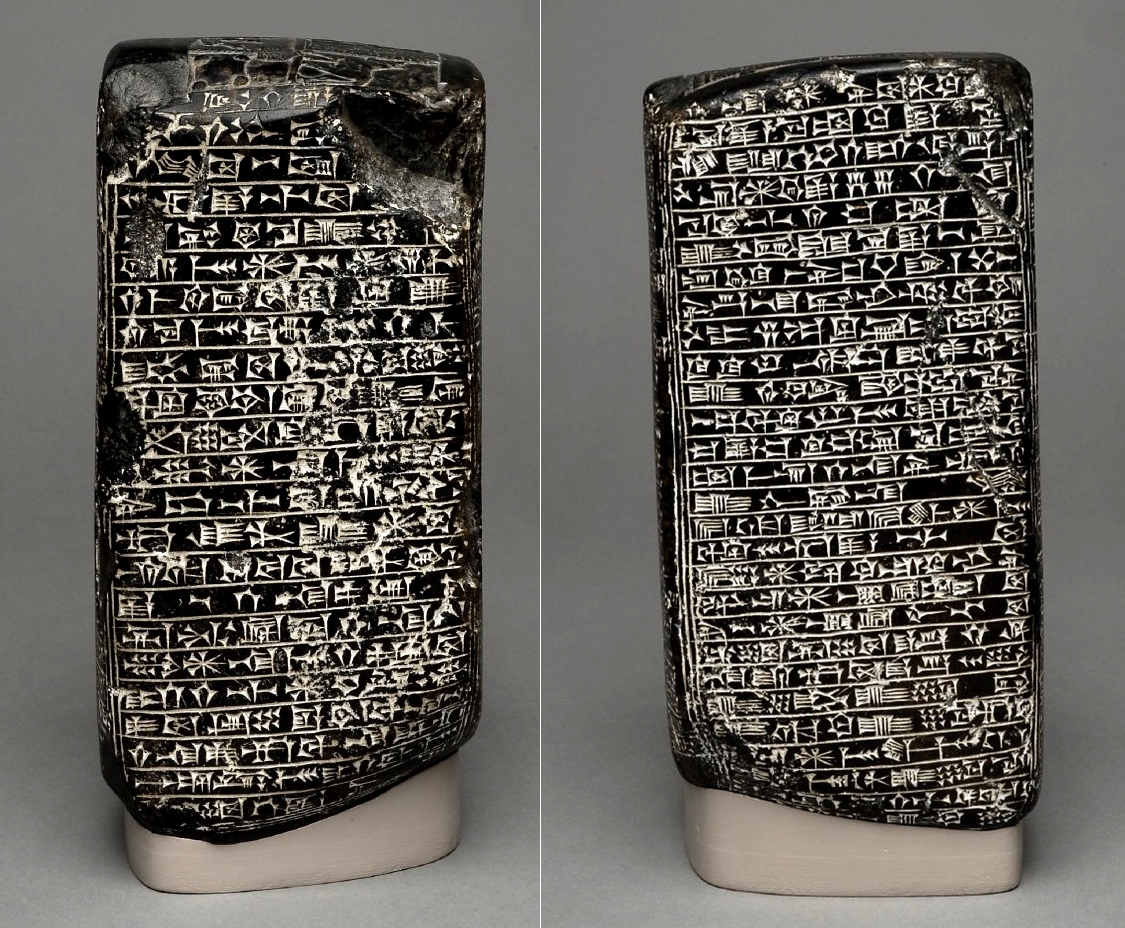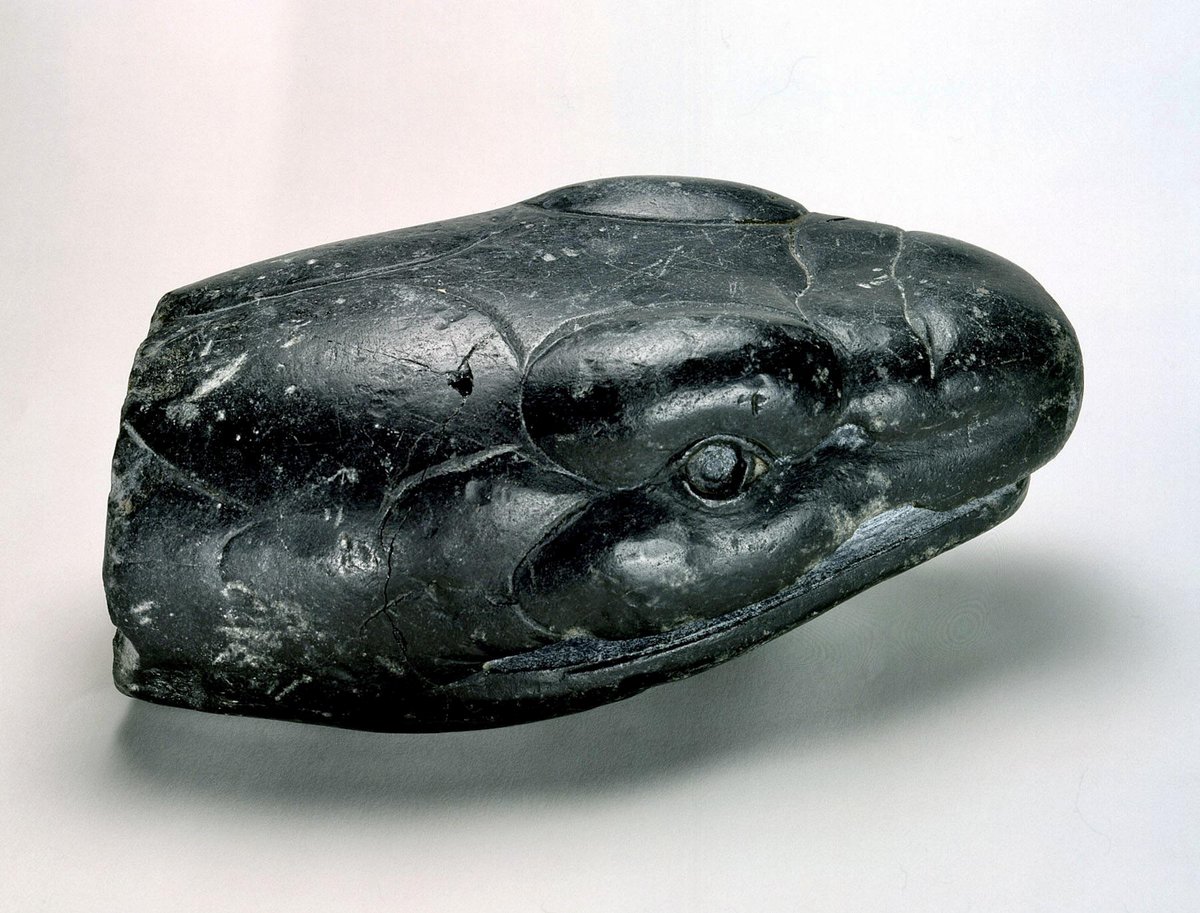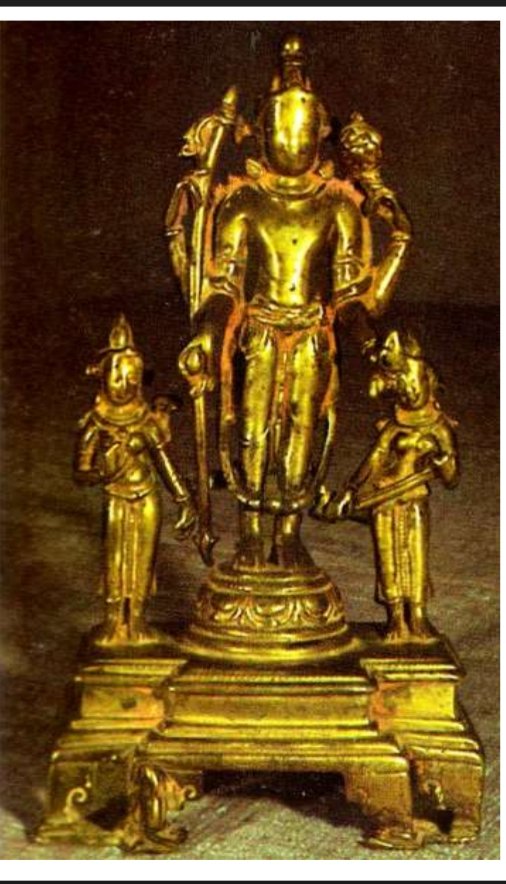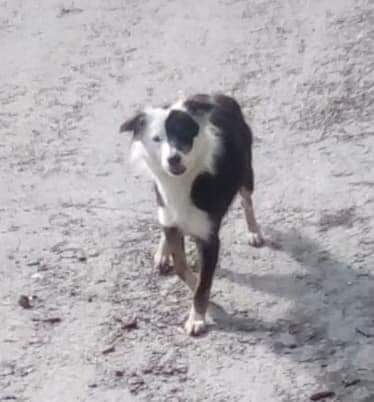


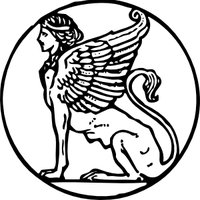
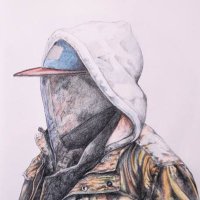


#MosaicMonday
This beauty is one of the absolute gems at Herculaneum! So much so that the findspot is named after the two figures: the House of Neptune & Amphitrite.
The gorgeous gradations of blues sets this piece apart 💙


This week's #FindsFriday demonstrates that even if an object ceased to exist over 20 years ago, a valuable record can still be produced. The finder kept images of this early medieval seax with a scale and could tell me the exact findspot in their garden in Colchester.


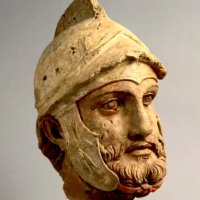

#MosaicMonday
Central roundel from mosaic pavement; depicts Bacchus, riding on a tiger, referring to the myth that the god visited India; 1stC-2ndC. Romano-British. Excavated/Findspot: Leadenhall Street, London
© The Trustees of the British Museum


A very special replica made for us by the fantastic John Martin (People, Pots and Places). Hopefully we can take it to visit its findspot this summer DigVentures Archaeology


Archaeo - Histories Part of the first frieze, which is the lower, larger frieze at top of the podium of the Nereid monument. It represents a series of heroic combats.
periods; Classical Greek 390BC-380BC
Findspot; Türkiye- Antalya
On display in the British museum



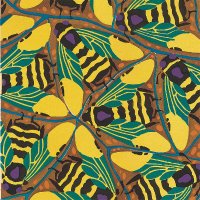
#TwoForTuesday + #TilesOnTuesday :
2 of 120 lifesize #lions that lined the Processional Way from the Ishtar Gate to the Temple of Marduk at Babylon.
Striding Lion Panels
Mesopotamian, Babylonian Neo-Babylonian Period, reign of Nebuchadnezzar II 604–561 BCE
Findspot: Iraq,…
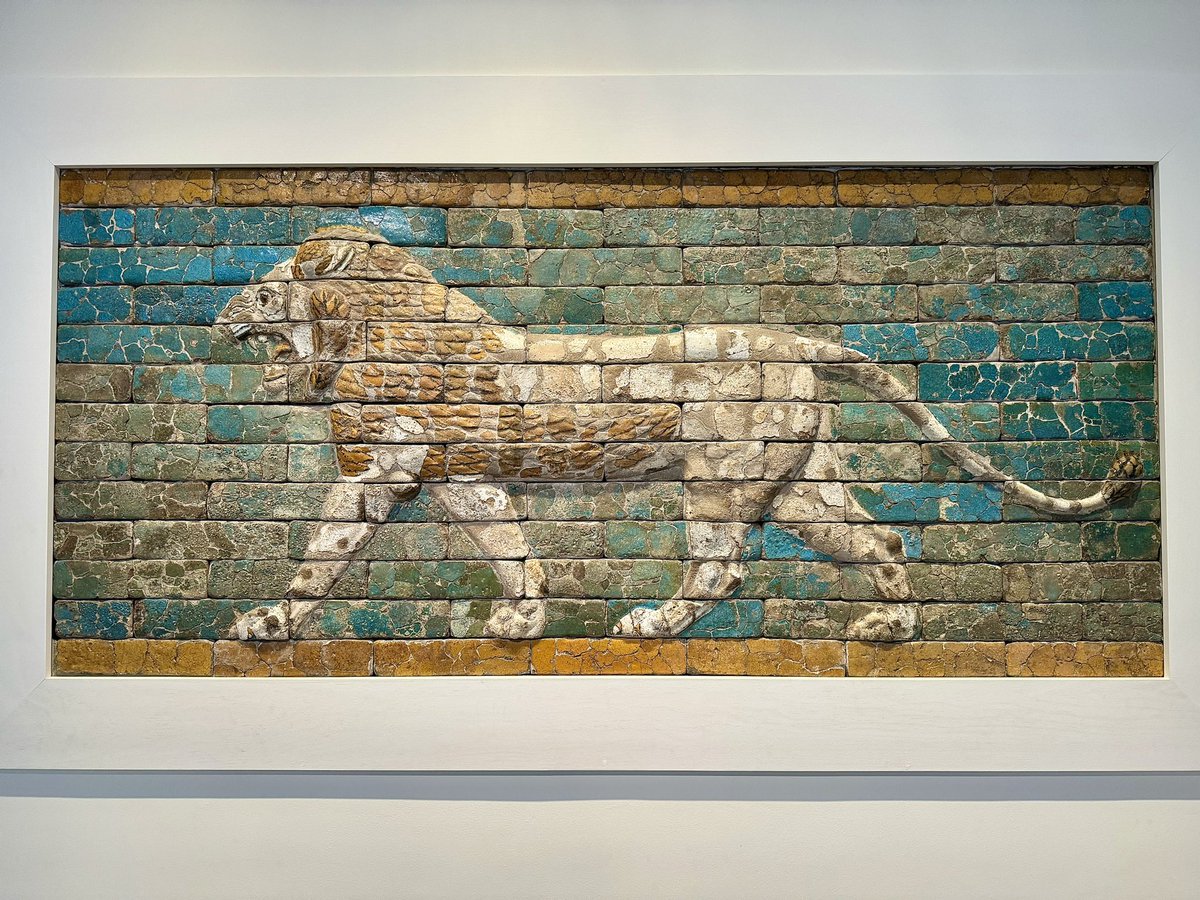
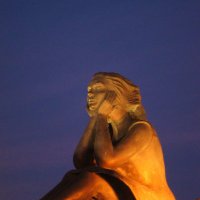
#findsfriday
#medievaltwitter lead ampulla - often used as pilgrim souvenirs to carry holy water. c. 1200-1400AD. Findspot: #Swansea area
The scallop shell was a common symbol of #pilgrimage especially #CaminodeSantiago
📸: NMGW-685596 #Amgueddfa #Cymru – #Museum #Wales



#Jewellery - Four flower shaped beads made of sapphires inset into gold. Four shell shaped beads made of gold. Strung on wire.
Date - 2ndC (about)
Made in: #India ( #BodhGaya , Bihar)
Findspot -
#MahabodhiTemple (Bodh Gaya)
© The Trustees of the British Museum


